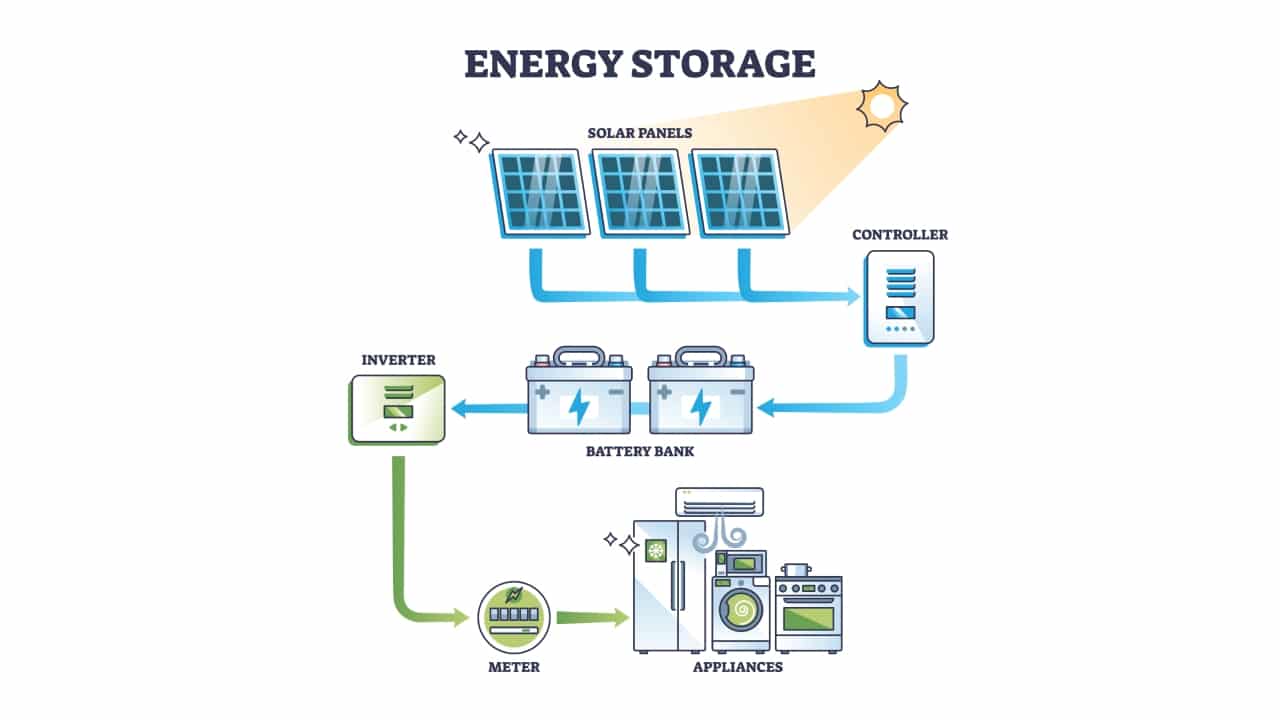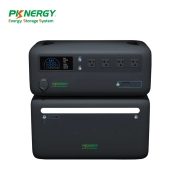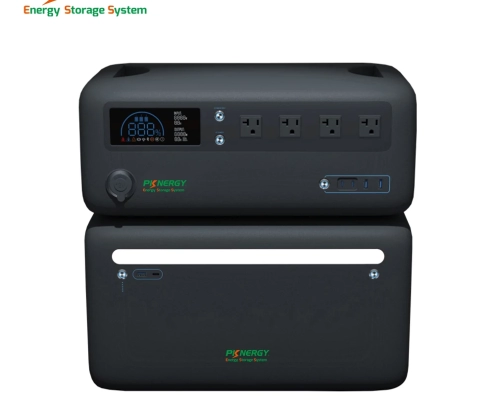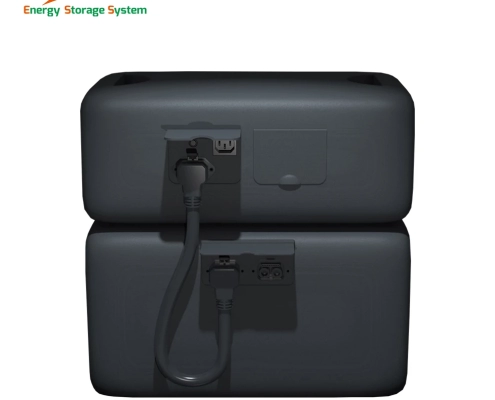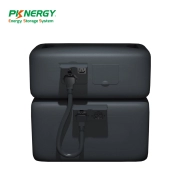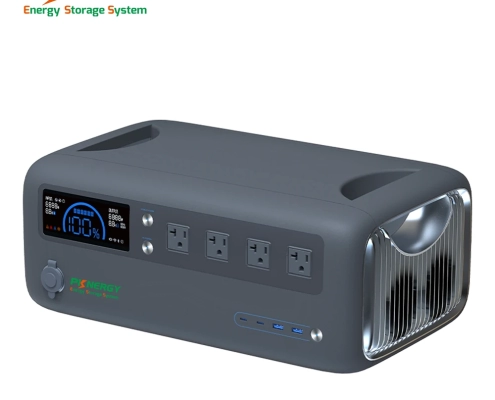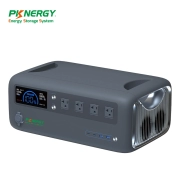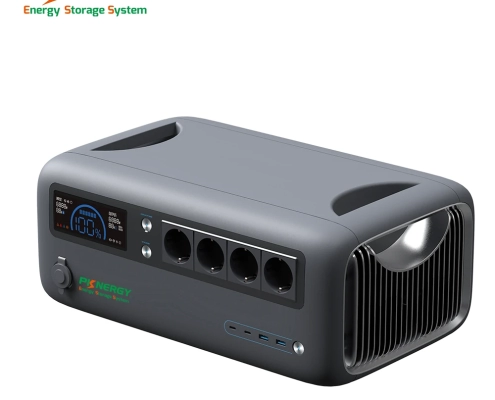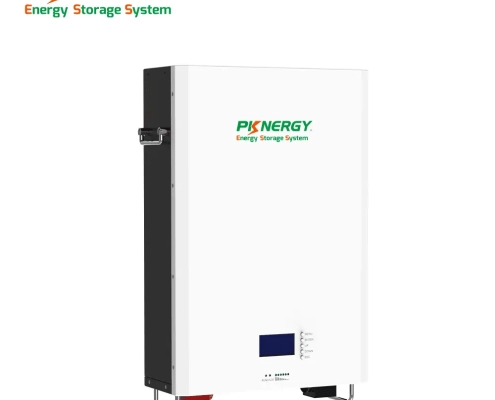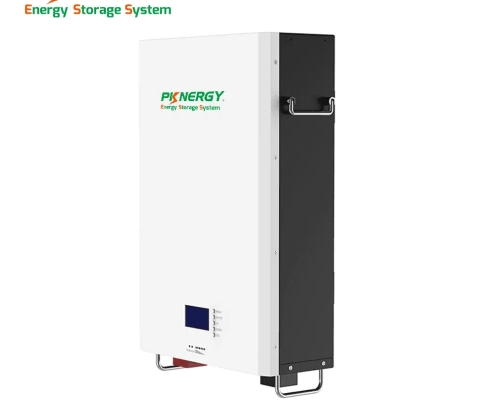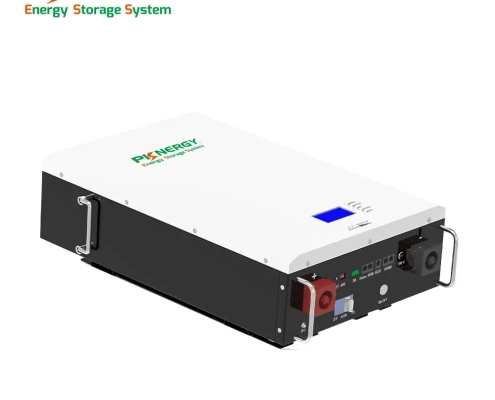Which battery bank for solar to choose?
Solar battery banks are an important part of any off-grid system. Build a battery Even if you are in a remote place, you don’t have to worry about your device running out of power.
Choosing the right battery bank can not only make your life more convenient, but also allow you to get it at the lowest cost. But this is often a problem.
what is battery bank for solar?
A battery bank for solar refers to a device that uses a solar system to store electrical energy generated by photovoltaic reactions. It can store the electricity produced while the solar panels are operating or store energy from the grid (if your system is grid-tied). And can power your devices when the sun is out.
Benefits of using battery bank for solar
Make it your own: When the system is equipped with a battery bank, it is equivalent to building an energy reservoir at home, ready for you to use at any time. The system can store solar power when it is not used temporarily and move the energy to when you need it. This improves your energy independence and resilience.
Reduce dependence on the grid: In grid-connected systems, batteries can reduce dependence on the grid. Off-grid systems can also reduce reliance on engines.
Backup Power: Acts as backup power in the event of a grid failure because your system is a 24-hour energy bank that is available when you need it.
Optimize power usage: Stay away from annoying power bills and an uncontrolled grid that will keep you at the bottom of the electricity phase bill.
how to build battery bank for solar
Everyone hopes to get a battery that can stably generate electricity 24 hours a day. The key here is to get a good sun catcher and a storage battery that won’t go to waste. When selecting solar panels to build a solar battery bank, the photoelectric conversion efficiency of the three materials is: monocrystalline silicon (up to 17%) > polycrystalline silicon (12 to 15%) > amorphous silicon (about 5%).
However, crystalline silicon (monocrystalline silicon and polycrystalline silicon) basically does not generate current in low light, while amorphous silicon performs better in low light (the energy in low light is very small). Therefore, from a comprehensive perspective, it is appropriate to use monocrystalline silicon or polycrystalline silicon solar panels.
As for battery bank materials, we recommend the fascinating lithium iron phosphate battery on the market. They are far more powerful than lead-acid batteries. In terms of battery life, lithium iron phosphate has an impressive long cycle, which is usually 4 to 5 times that of lead-acid batteries.
The charging efficiency of lithium iron phosphate is faster, time is money, and the charging time of the battery determines your usage experience. Building a solar battery bank using lithium iron phosphate batteries will be your best solution.
At Pknergy, we design a variety of batteries for our customers to meet their diverse needs. If you need a portable solar battery bank for RV or outdoor activities, you can check out our portable outlet battery. This is a portable solar battery bank that can be charged by solar energy or traditional power grid. It has 3100W of power and up to 90% of available power. It is the best power bank for your short-term journey.
If you need a home solar energy storage battery as a solar battery bank for the whole house. Then you can check out Pknergy 10Kw battery module. This battery is made of 15 diamond-shaped LFP cells and has high-quality BMS. It can monitor whether your home power consumption is stable in real time, and will switch within milliseconds when fluctuations occur. You don’t even know the grid is out until all the power is gone.
Types of solar battery bank
Lead-acid batteries
Flooded Lead-Acid: This is the most traditional battery type and is the most common on the market. It has many disadvantages such as the need for regular maintenance. As well as having low charging efficiency and weighing as heavy as a rock. Their advantages are also obvious. First of all, they have many years of experience, so the technology is relatively mature and stable. Secondly, the upfront cost of lead-acid batteries will be relatively low.
Sealed Lead-Acid: Includes Absorbent Glass Mat (AGM) and Gel (Gel) batteries. They require no maintenance, are safer and more durable, but cost more than open lead-acid batteries.
NiCd batteries and NiMH batteries
NiCd batteries: Although these batteries have a longer life, they contain harmful substances. So these batteries are no longer popular and have strict usage requirements set by most governments.
NiMH batteries: They are more environmentally friendly than NiCd batteries. They have their own advantages and are very light, so they are usually used in small electronic devices. These batteries are uncommon in solar energy storage systems.
The difference between off-grid and grid-connected solar battery bank
Off-grid systems: Batteries are key to energy independence and require sufficient capacity to handle periods when solar power is not available.
Grid-tied systems: Batteries are used to store extra solar power for emergencies and can also be used to reduce grid power usage.
Is it possible to install batteries without solar panels?
Yes, battery packs can be installed separately and connected to the grid to store low-cost electricity from the grid. This is especially useful in areas where electricity prices vary day and night. But without solar panels, the battery pack does not receive the direct benefits of solar energy but instead serves as a power storage and management system.
Are there incentives for solar cells?
There are many solar battery rebate and incentive programs available across the country.
The biggest incentive is a 30% federal tax credit available to all 50 states. The tax credit is equal to 30% of the installation cost and reduces the federal income taxes you owe. Most solar battery installations will receive a federal tax credit of approximately $4,500!
In addition to tax credits, utilities and states are opening up more battery programs. Some are rebates that reduce the upfront cost of batteries, such as California’s SGIP program. Others are virtual power plant programs where the utility pays you to use the energy stored in your battery when demand on the grid is high.
Conclusion
If you still have questions after reading the article, you are welcome to chat with Pknergy to get your real needs.
At Pknergy you can have both security and price. Learn about our high-quality and affordable power banks for solar today. now.
Save Money, Protect Environment
PKNERGY helps you reduce your energy bills for your home solar energy storage, store your solar energy for use anytime- at night or during an outage.

